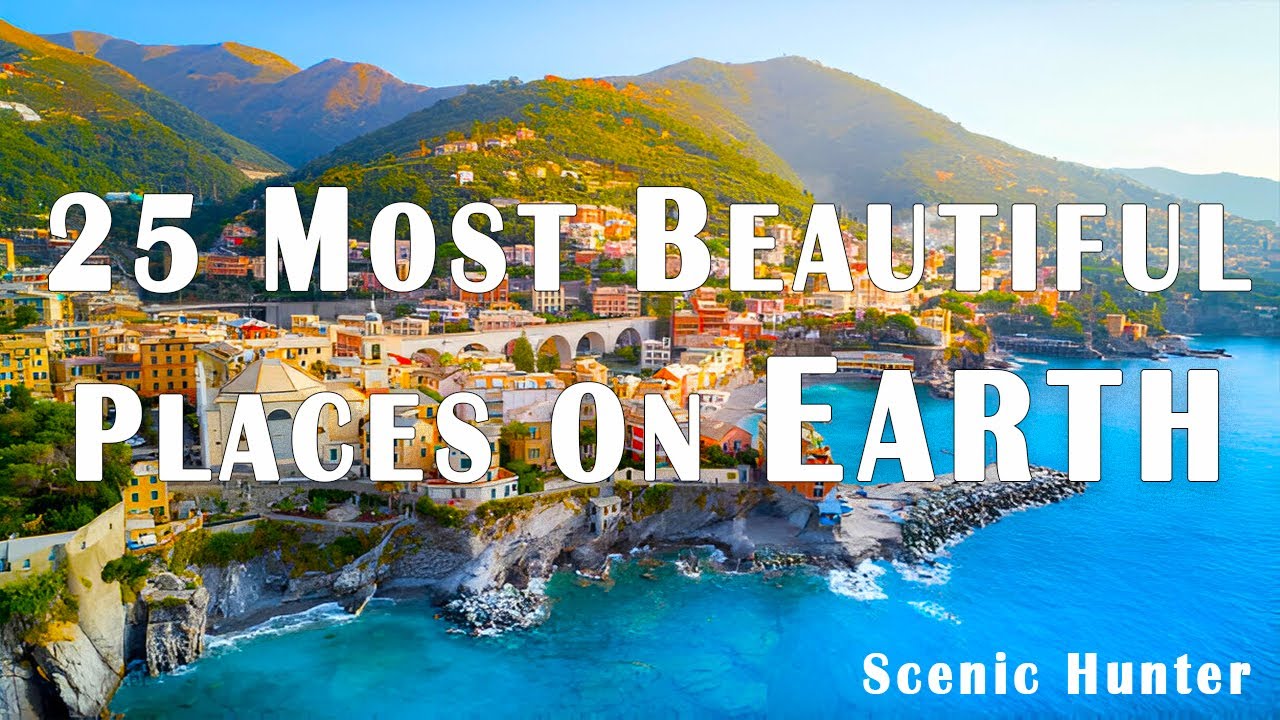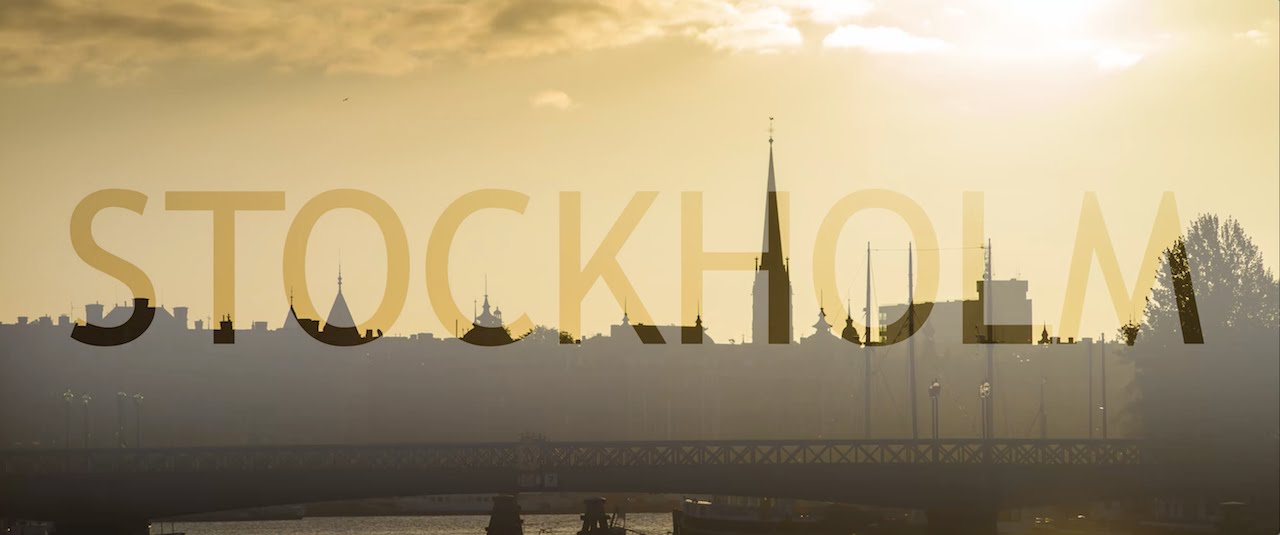Jordan – Epic history, thundering landscapes and ancient artefacts
Jordan, an Arab country on the eastern bank of the Jordan River, is distinguished by its ancient monuments, nature reserves and beachfront resorts.
It is home to the famous archaeological site of Petra, the Nabataean capital dating from about 300 B.C., which lies within a narrow valley characterized by tombs, temples and monuments carved into pink sandstone walls.
It is from here that Petra earned the nickname “the Pink City.”
The tourism sector is considered a cornerstone of the economy and is a large source of employment, hard currency, and economic growth.
In 2010, there were 8 million visitors to Jordan. The majority of tourists coming to Jordan are from European and Arab countries.
The tourism sector in Jordan has been severely affected by regional turbulence.
The most recent blow to the tourism sector was caused by the Arab Spring. Jordan experienced a 70% decrease in the number of tourists from 2010 to 2016.
Tourist numbers started to recover as of 2017.
According to the Ministry of Tourism and Antiquities, Jordan is home to around 100,000 archaeological and tourist sites.
Some very well preserved historical cities include Petra and Jerash, the former being Jordan’s most popular tourist attraction and an icon of the kingdom.
Jordan, as part of the Holy Land, has numerous biblical sites, including: Al-Maghtas—a traditional location for the Baptism of Jesus, Mount Nebo, Umm ar-Rasas, Madaba and Machaerus.
Islamic sites include shrines of the prophet Muhammad‘s companions such as ‘Abd Allah ibn Rawahah, Zayd ibn Harithah and Muadh ibn Jabal..
Ajlun Castle built by Muslim Ayyubid leader Saladin in the 12th century AD during his wars with the Crusaders, is also a popular tourist attraction.









